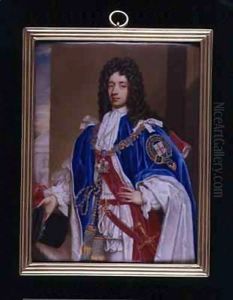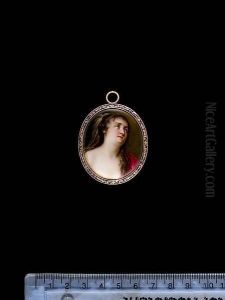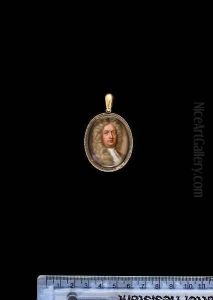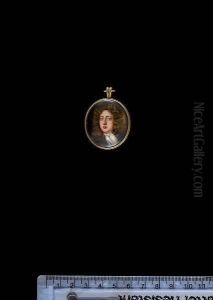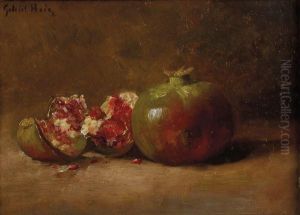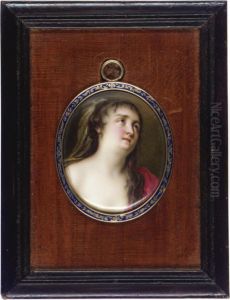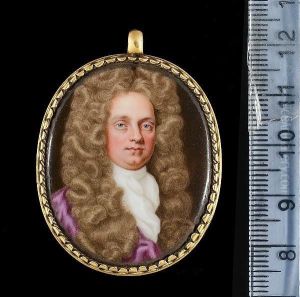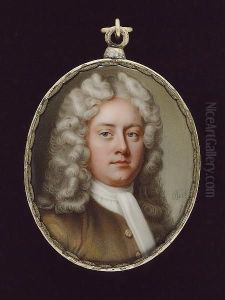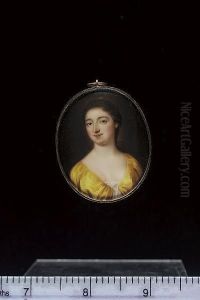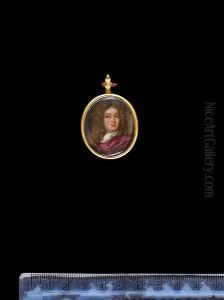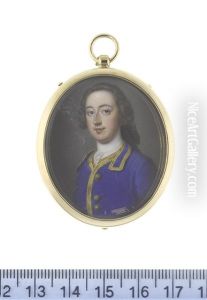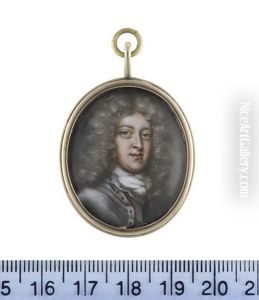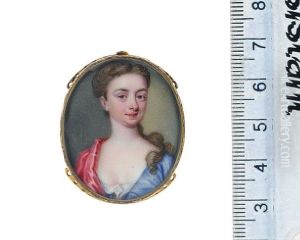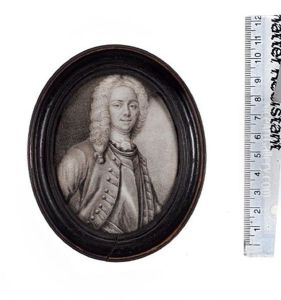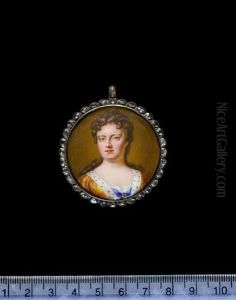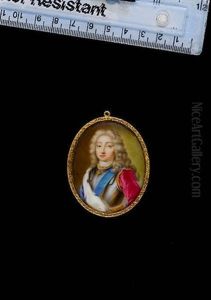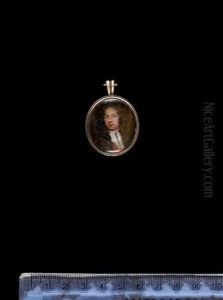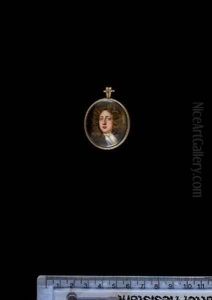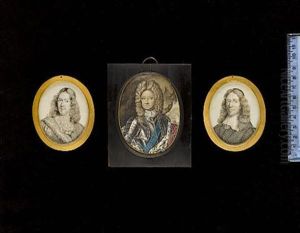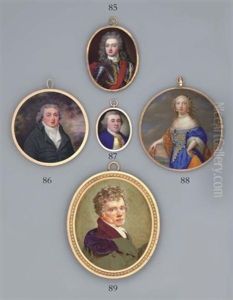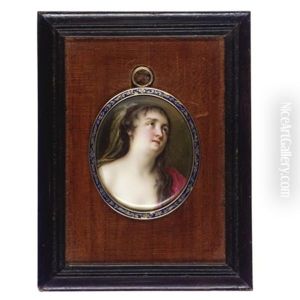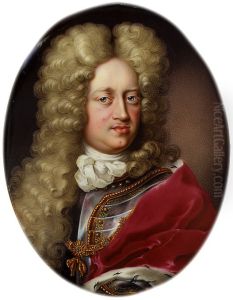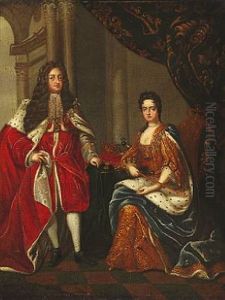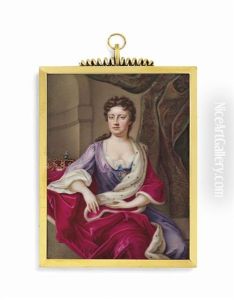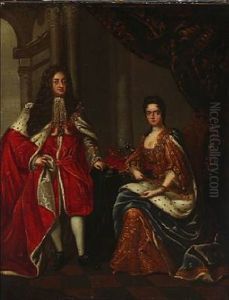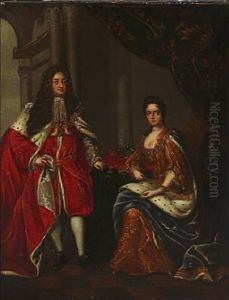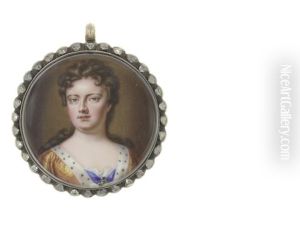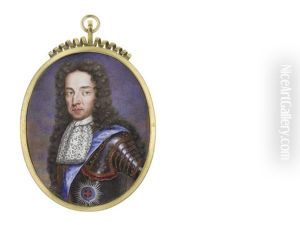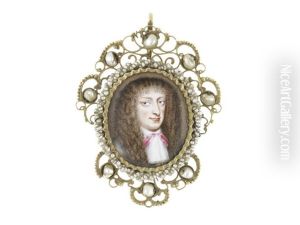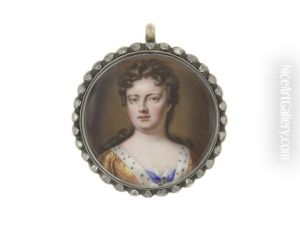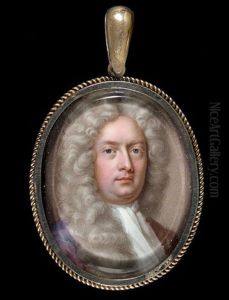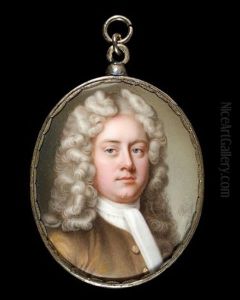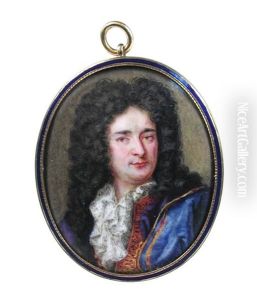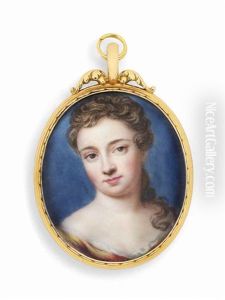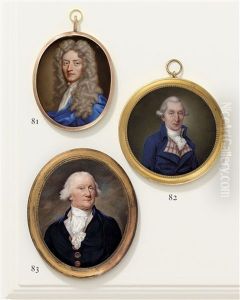Charles Boit Paintings
Charles Boit was a notable Swedish painter and miniaturist who was born in 1662 in Stockholm, Sweden. He developed an early interest in art and pursued his passion despite the fact that during his time, Sweden was not particularly known for miniature painting. Boit moved to Paris to further his studies and artistic career, where he was greatly influenced by the French style of miniature painting, which was thriving at the time.
In Paris, Boit became a successful court painter and his works began to gain recognition for their exquisite detail and the use of enamel in miniatures. He was known for his portrait miniatures, which became popular among the nobility and royalty across Europe. Boit's clientele included prominent figures such as King Louis XIV of France, and he was known to have worked for other European courts, including those of England and Russia.
Boit's technique involved painting on enamel, which allowed for vibrant colors and a permanence that traditional watercolor miniatures could not match. His work was characterized by a high degree of realism and a rich, jewel-like palette that made his pieces highly sought after. He is often credited with helping to elevate the status of miniature painting to a respected art form during his lifetime.
In 1696, Boit was invited to England by Charles II and he spent a significant part of his career there. His time in England further solidified his reputation as a master miniaturist. One of his most famous works from this period is a large enamel painting depicting several members of the English royal family.
Despite his success, Boit faced financial difficulties later in life, partly due to the ambitious and expensive nature of his art. He died in 1727 in London, leaving behind a legacy as one of the finest enamel miniaturists of his time, whose work bridged the traditions of the old world and the emerging styles of the new.

